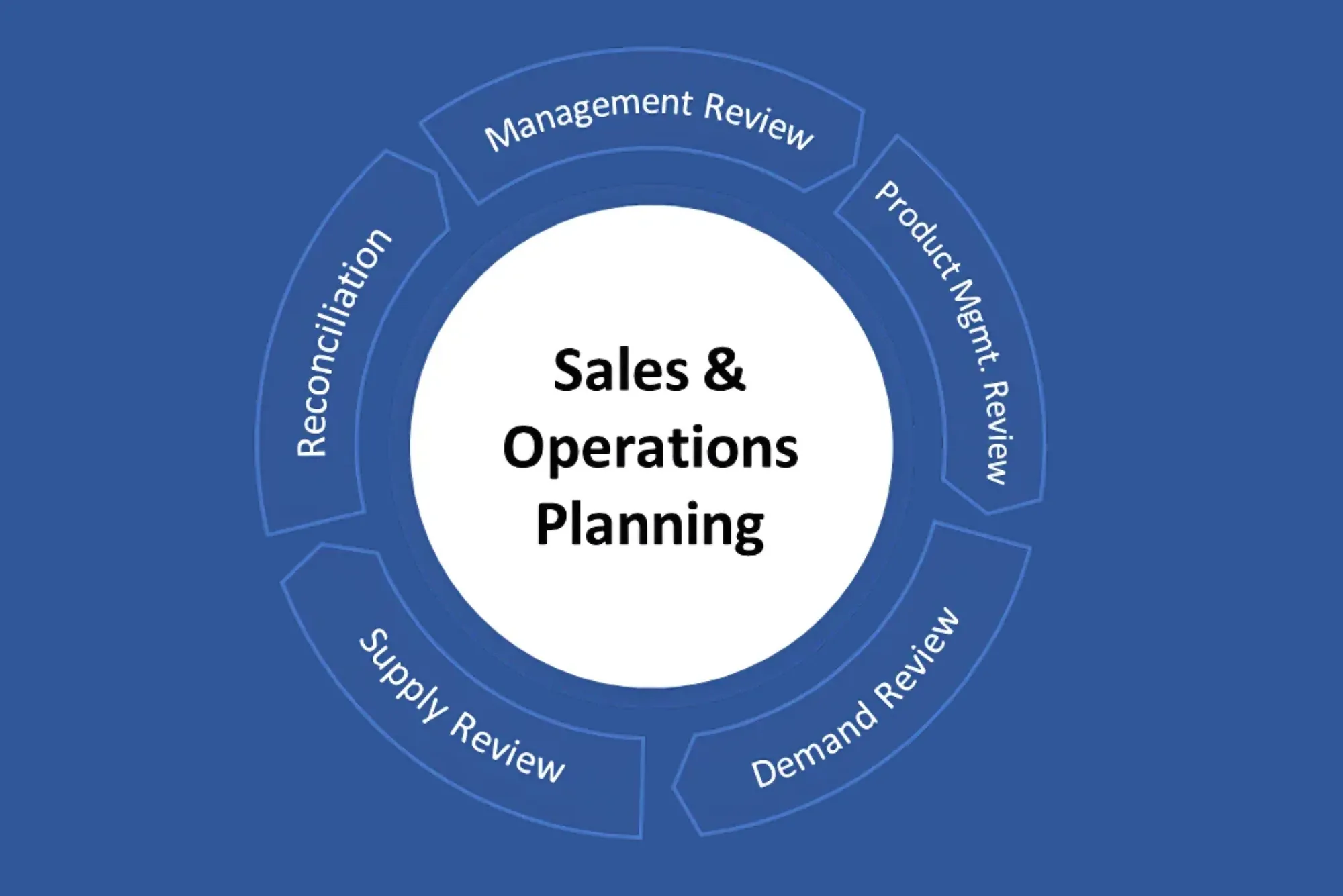Managing IT resources and capacities effectively is becoming increasingly important as organisations depend on IT services to drive business success. To make sure that IT resources are optimised to meet both present and future business demands, ITIL (Information Technology Infrastructure Library) Capacity Management offers a structured approach.
Organisations face some challenges while implementing ITIL Capacity Management. Whether your goal is to improve your organisation’s capacity management practices or to earn ITIL Training, you must be aware of and prepared to handle these issues. This blog examines typical challenges with Capacity Management and offers solutions to those problems.
Table Of Contents
- Lack of Visibility and Understanding
- Inadequate Data and Metrics
- Complexity of Hybrid and Cloud Environments
- Lack of Integration with IT Service Management
- Resistance to Change
- Dynamic Nature of Business Demands
- Conclusion
Lack of Visibility and Understanding
An essential problem with capacity management is that it is difficult to see and comprehend how IT resources are used. Organisations frequently need help determining the actual capacity of their systems, apps, and services, which can result in wasted time and money.
To overcome this challenge, businesses should purchase infrastructure monitoring software, performance analytics tools, and capacity planning solutions, offering complete insight into the company’s IT infrastructure. It is advisable to encourage cooperation between IT and business stakeholders to guarantee further that capacity needs align with business goals.
Inadequate Data and Metrics
Timely and precise assessments of present utilisation levels, predictions of future demand, and well-informed decision-making are the cornerstones of effective capacity management. Capacity planning and optimisation initiatives are only sometimes well-supported by data and metrics. Overprovisioning, underutilised resources, and higher expenses are possible outcomes.
Organisations can solve this problem by establishing reliable data-gathering systems and defining appropriate metrics to track and measure capacity usage. Performance monitoring, capacity reporting, and trend analysis are all parts of ITIL Capacity Management that can help organisations optimise their resources by revealing patterns in resource usage.
Complexity of Hybrid and Cloud Environments
Capacity Management becomes more complicated as organisations try to manage resources in both on-premises and cloud-based infrastructures, thanks to the growing popularity of hybrid and cloud environments. Accurately assessing capacity requirements, optimising resource allocation, and controlling costs can be challenging due to this complexity.
Organisations should develop a thorough strategy for capacity management in hybrid and cloud environments to tackle this challenge. Tools for managing costs in the cloud, frameworks for governing the cloud, and automation to improve provisioning and scaling may fall under this category.
Lack of Integration with IT Service Management
Capacity Management is deeply connected to other ITIL processes like Incident Management, Change Management, and Service Level Management; however, there needs to be more integration with IT Service Management. Inconsistencies and inefficiencies in service delivery occur because many organisations need to integrate Capacity Management effectively with these processes.
To get around this problem, businesses should ensure that Capacity Management and other ITIL processes have defined functions, and everyone knows how to communicate. As part of this process, we coordinate incidents and changes about capacity with incident management teams, set service level agreements (SLAs) for capacity-related metrics, and align capacity planning activities with change management processes.
Resistance to Change
Organisational change, including procedures, resources, and mindset adjustments, is frequently necessary to successfully implement Capacity Management practices. However, organisational stakeholders’ reluctance to change can impede Capacity Management efforts and keep businesses from reaching their maximum potential.
To tackle this challenge, organisations should focus on stakeholder engagement, communication, and education. To overcome resistance to change and promote a culture of cooperation and continual improvement, it is helpful to provide training and awareness programmes on ITIL Capacity Management, show the advantages of capacity optimisation, and include stakeholders in decision-making processes.
Dynamic Nature of Business Demands
Capacity Management is further complicated because business demands are dynamic and can change quickly due to seasonal trends, market conditions, or unanticipated events. It can be challenging to anticipate and account for these variations in IT resource needs, which can cause under or over-provisioning of resources.
Organisations can overcome this challenge by taking a proactive stance in capacity planning. They can use scenario analysis, forecasting, and capacity modelling to predict demand changes and appropriately allocate resources. To further guarantee agility and responsiveness to changing demands, organisations can adopt flexible infrastructure solutions like virtualisation and cloud computing to dynamically scale resources in response to changing business needs.
Conclusion
Capacity management is essential to ITIL practices because it guarantees companies enough IT resources to meet business demands efficiently and effectively. Nevertheless, several typical challenges might impede the effective execution of Capacity Management programmes. To improve business outcomes, organisations can enhance their capacity management practices by addressing challenges like lack of visibility, inadequate data, complexity of hybrid environments, integration with IT service management, and resistance to change. Whether your goal is to optimise your organisation’s capacity management processes or to pursue ITIL Certification, it is crucial to understand and overcome these challenges to succeed in today’s ever-changing IT landscape. For more information, you can check this page: The Knowledge Academy










